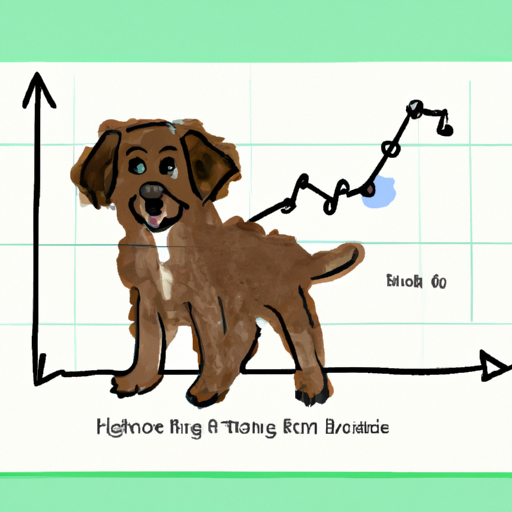As a caregiver to a beloved canine, you might often wonder – “When will my fur baby stop growing?” Understanding the growth stages of your puppy not only helps you anticipate changes but also allows you to provide the best care possible. Let’s delve into the details.
1. The Puppy Stage: The Beginning of Growth
The journey starts when they’re born. The first year of a dog’s life is crucial, as it’s the time they experience the most significant growth. Just like human babies, puppies are born blind and deaf, and their first weeks are spent eating and sleeping. By the week 8, they’re ready to leave their mother and siblings and join your family.
2. Understanding Growth Patterns
Dog breeds grow at different rates, with small breeds maturing faster than larger ones. Small breeds like Chihuahuas or Pomeranians typically stop growing by 10-12 months. Medium-sized breeds like Boxers or Border Collies may reach their full size by 12-15 months. Large and giant breeds like Labradors or Great Danes continue to grow up to 24 months.
3. Physical Growth vs. Behavioral Growth
Physical growth refers to the dog’s size, while behavioral growth refers to their maturity. A dog may stop growing physically, but they might still behave like a puppy. Similarly, a young dog might exhibit mature behavior. The behavioral growth varies widely and is heavily influenced by environment, training, and socialization.
4. Nutritional Needs During Growth
As your dog’s caregiver, it’s important to understand that nutritional needs change as your dog grows. Puppies need a diet rich in protein and fat for their rapid growth. Adult dogs, on the other hand, require a balanced diet that promotes overall health. Always consult your vet for the best dietary recommendations.
5. Signs Your Dog Has Stopped Growing
Here are some signs to look out for:
- Your dog has reached the age typical for their breed to stop growing.
- Their paws, which grow faster than the rest of their body, seem proportional.
- They’ve lost their puppy coat and have their adult coat.
- Females have gone into heat; males have lifted their leg to urinate.
6. Factors Influencing Dog Growth
| Factor | Influence |
|---|---|
| Breed | Larger breeds grow slower than smaller ones. |
| Nutrition | A balanced diet promotes healthy growth. |
| Health | Illness can hinder growth. |
| Neutering/Spaying | Can cause a dog to grow taller. |
7. Myths About Dog Growth
There are several myths associated with dog growth. One popular myth is that a dog’s size can be predicted by its paw size. While it’s true that puppies with large paws tend to grow into larger dogs, this isn’t always accurate.
8. When to Be Concerned
Rapid growth in puppies, particularly large breeds, can lead to health problems. If your puppy seems to be growing too quickly or slowly, consult your vet immediately.
Frequently Asked Questions
Q1: Can I determine my mixed breed dog’s full-grown size?
While it can be challenging, looking at the size of the parents, if possible, can give you a rough estimate.
Q2: Does neutering/spaying affect a dog’s growth?
Neutering/Spaying can cause a dog to grow slightly taller as it can delay the closing of the growth plates in the legs.
Q3: How can I help my dog grow healthily?
Provide a balanced diet, regular exercise, and regular vet check-ups.
Q4: Are certain breeds prone to growth issues?
Yes, large and giant breeds are more prone to growth issues like hip dysplasia.
Q5: What’s a ‘growth plate’?
Growth plates are soft areas at the end of long bones where growth occurs. They close once a dog is fully grown.
Remember, every dog is unique, and these are general guidelines. Always consult with your vet for the best advice regarding your furry friend’s growth and health.



